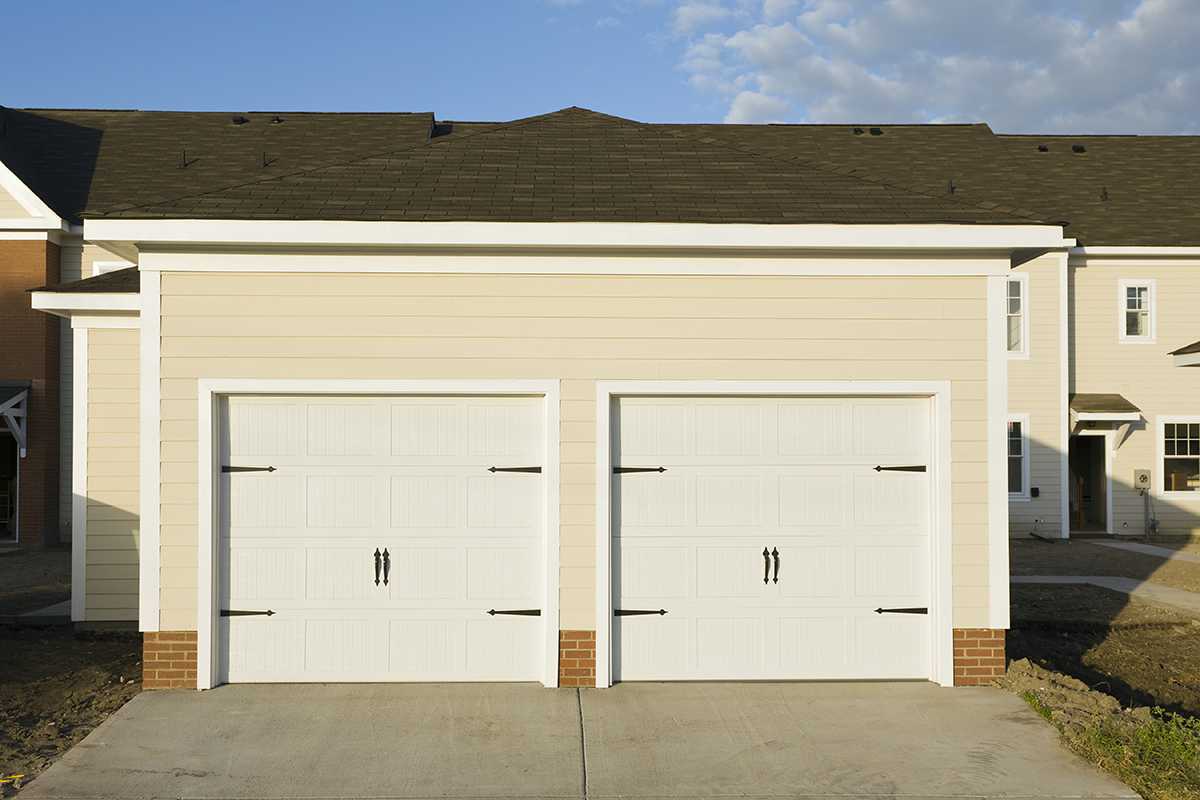Flying Freehold?
If you want to tip your property conveyancer into a state of shock, mention buying a home with a flying freehold.
Lawyers and mortgage lenders hate them because their existence challenges the neat concept of a clear title that lets owners do as they wish on land they own.
Instead, command-and-control is split between parties. They may not always agree on maintaining the property and the cost of keeping it in good repair.
This guide helps home buyers spot a property with a flying freehold and offers some tips and hacks for dealing with the problem.
What is a flying freehold?
A flying freehold describes the section of a building that overlaps someone else’s property. Confused? Well you needn’t be – think of an overhanging balcony or archways with rooms above. Many involve access by car or foot through an archway with a room above. The flying freehold doesn’t have to be up in the air – in the image below, the ground under the archway is a flying freehold, as is the space above.
What are the disadvantages?
Flying freeholds aren’t necessarily a legal problem for property owners, although mortgage lenders ask lawyers and surveyors to flag some common issues:
- Semi-detached or terraced buildings with an irregular dividing line
- Balconies overhanging someone else’s property
- Basements or cellars that lie under two or more properties
- Rooms above a shared passage
- Homes with a section under or over another property
In the real world flying freeholds are not rare. Thousands of properties fit the definition, and their owners live relatively unconcerned with their implications. If you get on with your neighbour, don’t run away with the idea that you are forever friends. People move and fall out of friendship. Today, a casual relationship can soon change into a dispute about who owns a specific piece of land or who should pay for repairs to a flying freehold.
The world of mortgage lenders and their lawyers take a different view.
If you buy a flying freehold, your lender might not be as eager to advance you funds as you would like. The problem is how one owner can force the other to repair or maintain it. Their worry is if the freeholders cannot agree on a schedule or works, splitting the bill or access arrangements. The courts have to hear plenty of disagreements over flying freeholds. Lenders are keen not to add another name to the list.
Potential solutions
These concerns appear unwarranted to most homeowners who have never had a cross word with their neighbours. But legal experts live in a rarified world of potential risks where they like problems squared off and settled with covenants. If you own a flying freehold, you can buy limited legal protection with an indemnity insurance policy. The policy covers costs relating to the flying freehold but won’t let you force a neighbour to carry out any works. For instance, you must ask for permission if you need to put up scaffolding to repair a structure over your neighbour’s land. The alternative might be applying for a court order under the Access to Neighbouring Land Act 1992. For landlords, the indemnity cover costs a few hundred pounds and is an expense you can set off against tax. If any boundary dispute arises relating to freehold, the legal costs are an allowable expense against capital gains tax on property disposal. Another option is negotiating a deed of covenant to vary the title deeds. The covenant would lay out the agreement between two neighbours to manage a flying freehold. The covenant does not bind future owners unless they sign up to the agreement when the property changes hands. Lastly, a leasehold arrangement between two neighbours is another way of solving issues.
Will lenders offer flying freehold mortgages?
Some lenders have no problem advancing funds against a flying freehold, while others turn them down out of hand. It’s a good idea to speak to a broker who has a broader view of the mortgage market. Or someone who should place your application with a lender ready to do a deal.
Is a flying freehold a creeping freehold?
A creeping freehold is similar to a flying freehold but happens beneath the ground rather than in the air. For example, a basement or cellar owned by one neighbour may protrude beneath the land owned by a neighbour. Mortgage lenders and lawyers treat creeping freeholds in the same way as a flying freehold.
We hope this guide has been useful in covering everything you need to know, whether you’re a landlord, or tenant looking to rent. At Oasis, we let and manage your property for you so you can avoid the hassle. Find out more on what we offer or get in touch with our team today.
















